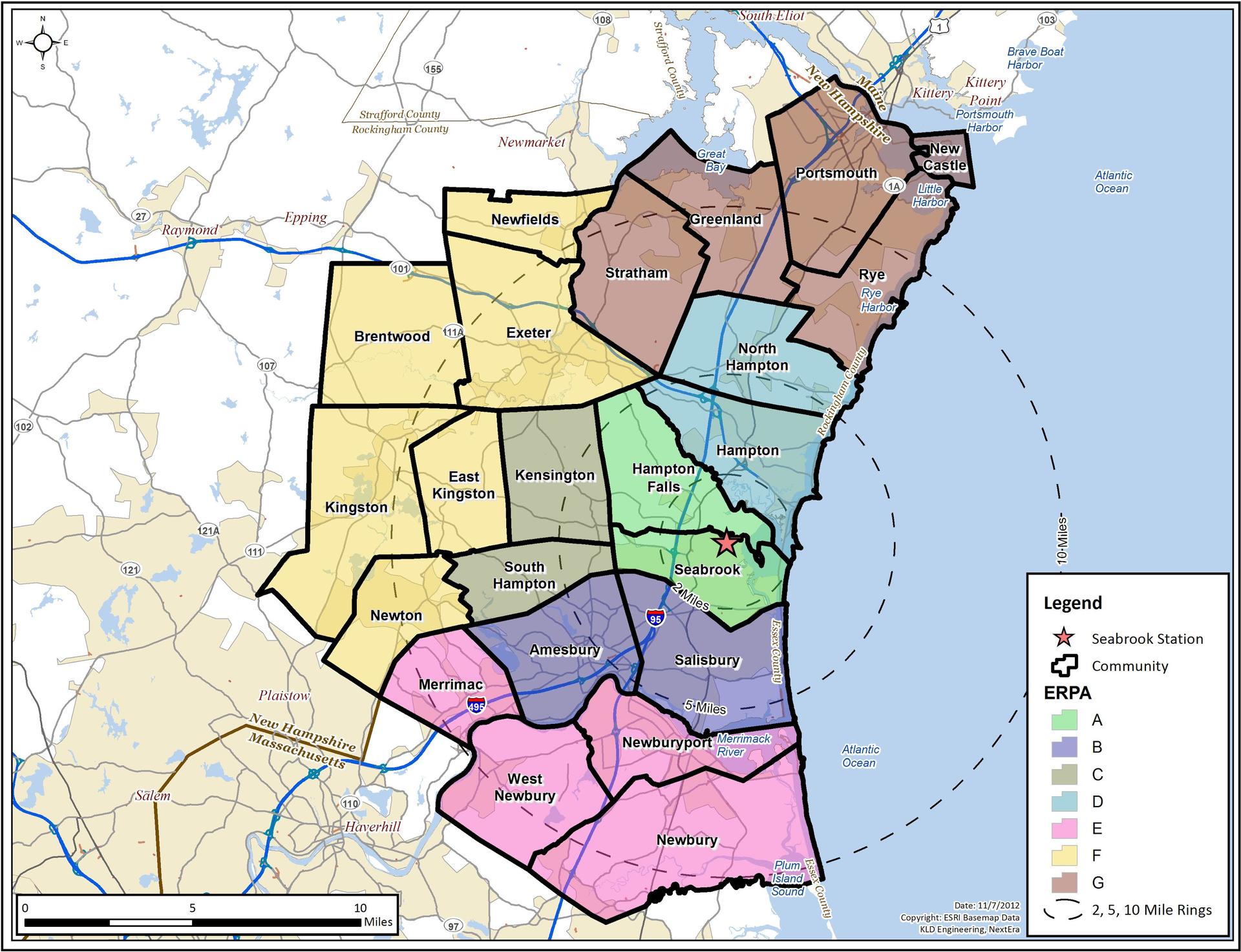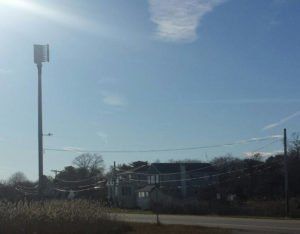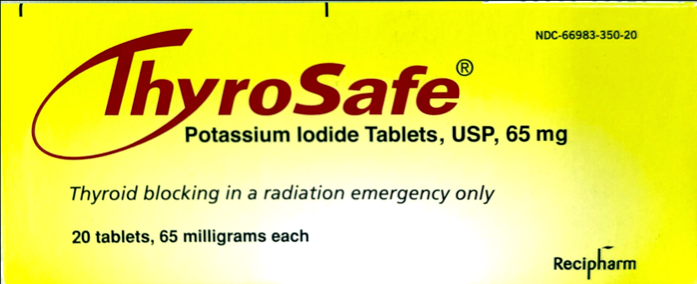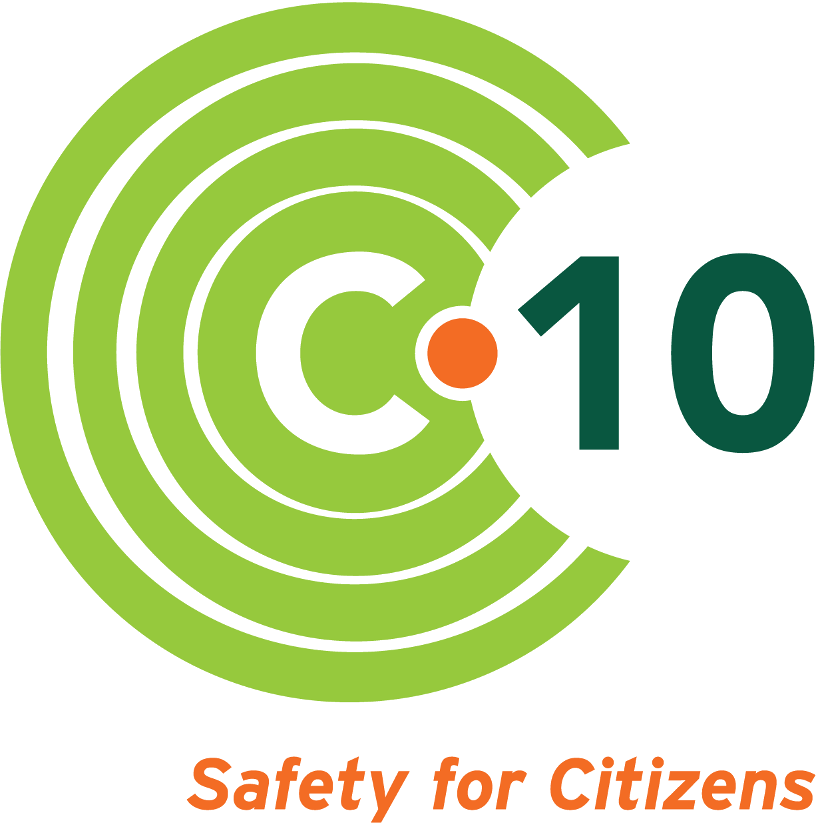Emergency Preparedness and Evacuation Plans

- Plume Exposure Emergency Planning Zone (EPZ): A 10-mile radius surrounding the nuclear plant where people may be harmed by radiation exposure. This is the “evacuation zone” around nuclear plants required by NRC regulations.
- Ingestion Exposure Pathway EPZ:
a geographical area extending 50-miles
beyond a nuclear power plant, where radioactive materials could contaminate water, food and livestock. Evacuation plans are not established for this zone.

Free KI tablets available to area residents
In the event of a serious emergency at a nuclear power plant, the immediate critical issue that could impact public health is the radioactive iodine released into the air, emitting potentially lethal radiation at a very high rate. This requires the ingestion of potassium iodide (KI) pills to protect the thyroid gland, especially in persons under 40 years of age. This ingestion should occur within minutes if possible.
KI should only be taken if directed by public health officials. It is helpful for 24 hours and should be taken until the public health officials says to stop or you are out of the emergency area. It's a wise idea for people who live and work near a nuclear plant to keep these tablets as part of their emergency kit. The pills typically last for 5-10 years, so check your medicine cabinet to see if it's time to get new ones.
In the Massachusetts communities within Seabrook Station’s 10-mile emergency planning zone (EPZ), KI tablets are available for free through the local health departments (see table below). In most cases, residents can walk in and pick up tables for their family members during normal business hours for the town or city. You may want to call ahead to confirm the appropriate staff member is there to help you. Schools stockpile the pills and parents are asked to sign a permission slip for KI to be administered to children in the event of a radiological emergency.
In New Hampshire there is an easy to complete online form, once completed there is an indication that it can take about 10 days for your request to be processed.
For more info on how potassium iodide works and why it's important to keep some on hand if you live near a nuclear plant, visit our blog post: Got KI? or check out Questions and Answers about Potassium Iodide (KI) American Thyroid Association.
Where to get KI
| Community | Address | Contact | More info |
|---|---|---|---|
| Amesbury | 29 South Hunt Road | Deb Ketchen: (978) 388-8129 | Amesbury Public Health Department |
| Merrimac | 2 School Street | Deb Ketchen: (978) 804-9534 | Merrimac Public Health Department |
| Newbury | 12 Kent Way | Deborah Rogers: (978) 465-0862 | Newbury Public Health Department |
| Newburyport | 60 Pleasant Street | Frank Giacalone: (978) 465-4410 | Newburyport Public Health Department |
| Salisbury | 5 Beach Road | John Morris: (978) 462-3430 | Salisbury Public Health Department |
| West Newbury | 381 Main Street | Paul Sevigny: (978) 363-1100 x119 | West Newbury Health Department |
| New Hampshire | There is a KI form to fill out | More information at ReadyNH.gov |
More and more communities are facing natural disasters and other emergencies. During the summer of 2021, 1 in 3 Americans lived in counties that experienced wildfires, major storms, or severe flooding. While the impacts of climate change and other crises can be overwhelming, taking the time to learn and prepare for the worst can help you feel more empowered and in control of your family's safety.
For those of us who live within 10-miles of a nuclear power plant as 3 million Americans do, we bear an extra burden, and risk—however unlikely an accident may be. C-10 has compiled this resource sheet to get you thinking about how you can be prepared, come whatever may.


